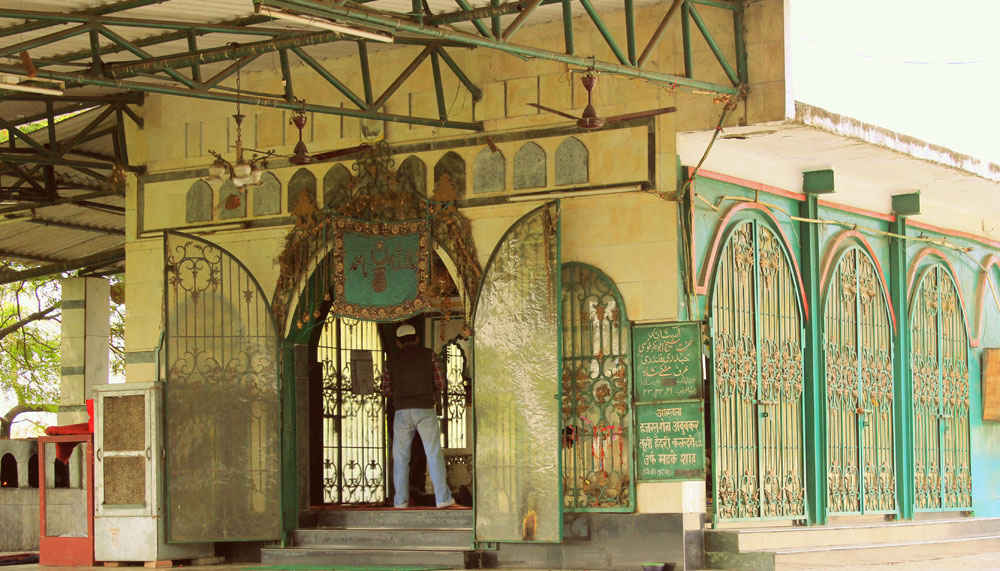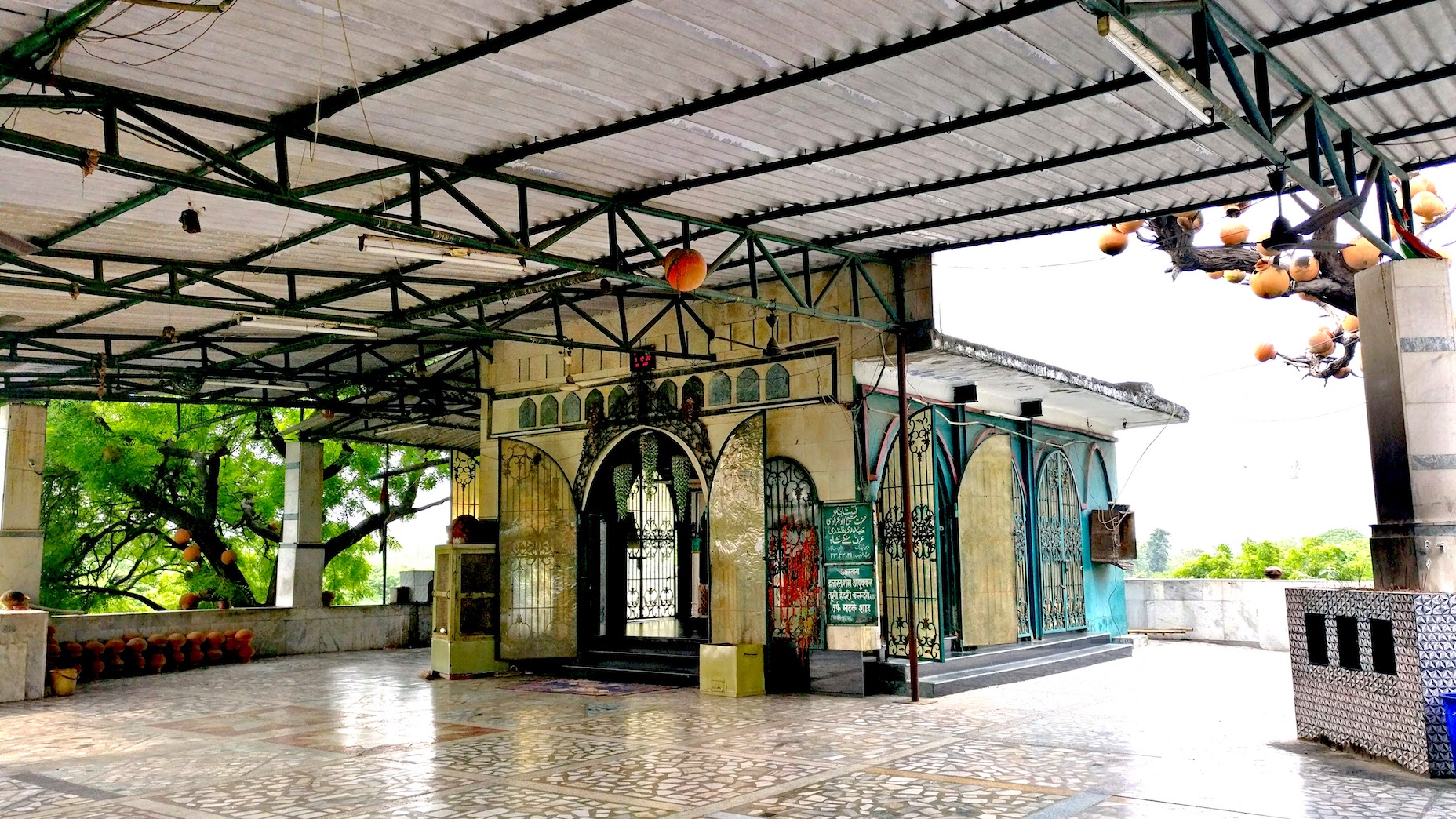

He is the 7th/13th-century Indo-Muslim saint. He is a contemporary of Shaikh Ne??m-al-d?n Awl??? (636-725/1238-39 to 1325) who was on the best of terms with him and with other Chisti saints (Jam?l?. His ??naq?h, situated on the bank of the Jumna river, was frequented by Sufis from Delhi and elsewhere, especially for musical gatherings (ma??les-e sam??). Jam?l-al-d?nH?nsav?, the noted poet and Chisti saint of Panjab, would stay with Ab? Bakr whenever he visited Delhi. The death date of Ab? Bakr himself is not known, though his ?Urs is on 20 Rama??n. His tomb in Delhi is at his former Khannaqah; it overlooks the Jumna river. Dargah of Hazrat Sheikh Abu Bakar, popularly known as the Matka Peer Dargah, is famed for trees with hanging earthen pots. The popular belief is that wishes and prayers never go unanswered here. The story goes that one day a thirsty traveler came to him asking for water, and the pir offered him water from an earthen pitcher. The traveler then told him that he was suffering from a disease that did not cure. The prayers of the pir cured him. On hearing of the miracle, the then Delhi Sultanate ruler, Ghyasuddin Balban, decided to test Baba's powers. So as an offering to the revered one, he sent for him a platter of iron balls and mud. On seeing the platter, Baba covered it and began to pray. After completing his prayers, when he uncovered the platter to everyone's surprise, the iron balls had changed to roasted grams, and the mud had changed to jaggery. The Baba then mixed it all with water and made sweet milk. Hence, he became Baba Matka Pir since all the ingredients mentioned above are offered to him in an earthen pot or Matka.